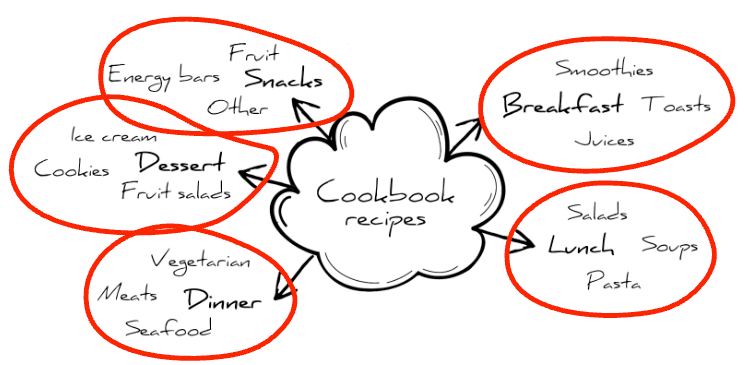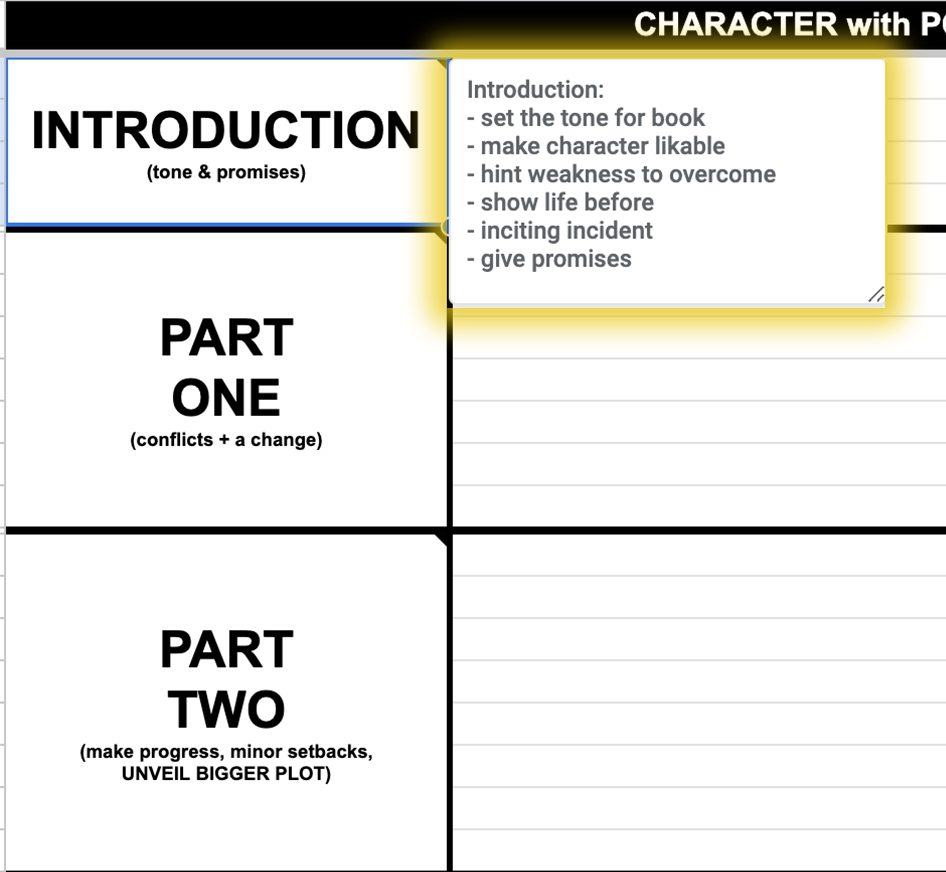Making the switch (or even keeping it fresh if you’ve been doing it for years) from public school to homeschooling can be daunting. It’s tempting to just copy the format of public schools, which is why most don’t consider project-based homeschooling.
But why do the very same thing as public schooling if you’re homeschooling?
In traditional education like public schools (and even private schools), subjects are organized in neat, separated categories: math, history, science, language arts. But life isn’t set up in these tidy sections. It flows in seasons—seasons of growth, exploration, challenge, and learning. For many homeschool families, this natural ebb and flow of interests and projects can be executed in project-based homeschooling, offering a bit more experience of what real life will be like.
Project-based homeschooling aligns with real-world experiences by engaging students in meaningful, long-term projects based on their interests. One especially rewarding project is self-publishing a book—a task that teaches invaluable skills and brings a profound sense of accomplishment.
But I’m getting ahead of myself.
First, here’s what we’ll cover about project-based homeschooling:
- What it is
- Project-based VS capstone project
- Why self-publishing
- Choosing a book
- Steps for self-publishing
- Educational benefits


Book Outline Generator
Choose your Fiction or Nonfiction book type below to get your free chapter by chapter outline!
Book Outline Generator
Enter your details below and get your pre-formatted outline in your inbox and start writing today!
CONGRATULATIONS
Thanks for submitting! Check your email for your book outline template.
In the meantime, check out our Book Outline Challenge.

What is project-based homeschooling?
Project-based homeschooling is a specific tactic to education where students dive deeply into projects driven by their passions and curiosity rather than following a rigid curriculum. They pursue questions, problems, or creative ideas that spark their interest, often long-term in nature.
This method of homeschooling develops more self-directed learning, encouraging children to take ownership of not only their education, but their interests, in a manner that’ll later mimic real-life paths to success.
In writing and publishing a book specifically, students use language arts, research, creative writing, and even design, transforming academic learning into something both dynamic and deeply personal.
Project-based homeschooling VS capstone project
Project-based homeschooling is a flexible, interest-driven approach where students choose and explore projects based on their passions, integrating multiple disciplines like writing, science, and art as needed. This method is continuous, allowing projects to evolve naturally and span weeks, months, or even years, emphasizing real-world applications and personal discovery. Students have a high level of autonomy, and evaluation is often reflective, focusing on growth rather than formal grading.
Capstone projects, on the other hand, are structured, time-bound assignments typically found in traditional education settings. They act as a final showcase of a student’s knowledge in a specific subject area, such as a research project or a presentation. While capstones can also incorporate real-world skills, they are more academic and goal-focused, following specific guidelines and culminating in a formal assessment. In essence, project-based homeschooling offers an open-ended learning experience, whereas capstones provide a structured culmination of knowledge within set boundaries.
Why self-publishing fits well with project-based homeschooling
It can seem like a quick process, publishing a book. In reality, it’s a lengthy project with many steps and various masteries in order to do it well. It’s not just creative, but strategic at the same time.
Self-publishing a book mirrors the real-world processes of professional writing, editing, and publishing. It students in an authentic experience that goes beyond simply writing for a grade. They learn how to turn an idea into a polished, published work, developing not only writing skills but also essential life skills like planning, time management, and creativity.
Self-publishing also integrates various skills: students will research, write, edit, design, and eventually market their book. It’s a project that showcases their abilities across disciplines and gives them a tangible result to be proud of.
The finished product—a published book—fosters a profound sense of accomplishment and instills confidence in young writers.
But often, the first barrier to project-based homeschooling that includes publishing a book is deciding what that book should be in the first place.
Choosing a book project for self-publishing
To make the self-publishing experience enjoyable and meaningful, it’s essential to start with a topic or genre that genuinely interests the student. You assigning a book topic will only make the project harder for them. The right motivation is their own passion—which is what they’ll need in the real world anyway.
Whether it’s a novel, a collection of poems, a memoir, or a guide on a topic they’re passionate about, the possibilities are endless.
Consider educational goals alongside the student’s interests. For instance, a historical novel could incorporate research in history, while a science guide could demonstrate knowledge in biology or chemistry. Encouraging creativity and self-expression in their work will help students discover their voice and produce a book that feels genuinely their own.
Of course, providing guidance may be necessary at this stage.
Here are a few things to consider:
- What types of books do they read already?
- Are they highly imaginative or more logical and facts-driven?
- Is there any topic they endlessly talk about to anyone who listens?
- Do they learn better through story or memorizing facts?
These should all go into helping their project-based homeschooling as a whole, but especially when choosing a book topic to self-publish.
Steps for self-publishing a book as a homeschool project
As I mentioned earlier, there are many stages of self-publishing, especially for a homeschooled child. It’s important to break these down into manageable chunks so the overwhelm doesn’t take over. Meaning, when presenting this project, focus on introducing a step at a time.
Starting with the planning!
Step 1: Planning and research
The first step in any successful project is planning. Establish clear goals, a timeline, and the resources needed to bring the book to life.
For a nonfiction book, this might include researching topics in depth, and for fiction, it could mean studying storytelling techniques or genre conventions. This could also start as a small assignment, introduced as a written project of their choosing, about whatever they want.
This can help you gauge interested in both writing and the topic they choose. Truly giving them the option of “whatever they want” will show you just where their mind (and heart) is when it comes to written project, as well as if they choose fiction or nonfiction.
Plus, it will show them what it means to truly choose for themselves, with no parameters—another important piece of project-based homeschooling.
Step 2: Writing and drafting
Once the plan is set, students can begin writing. But even before writing, your homeschooled child should put together an outline based on all the research they’ve compiled. It might be overwhelming for them to go right into writing the book.
If they find it easy, that’s great! Encourage them to just write. But if they’re struggling to know how to start a book, it’s a good idea to guide them toward organizing their ideas prior to writing. This can look like a mind map or an outline.
Mind maps are pretty simple, and involve connecting a lot of like-ideas (a great skill to build anyway).
Here are a few examples of what mind maps can look like:


An outline, on the other hand, is created from a mind map (usually). It’s more of a list-style structure of the book that will help your child know what to write next so the book maintains a cohesive flow throughout.
Here are a couple examples of outlines:


Once they’re writing, though, let them! Creating a daily or weekly writing routine can help maintain steady progress. Writing regularly allows the student to develop consistency and stay connected with the project over time.
The best times to hold firm on the writing time you’ve set is when they want to write the least. This discipline will help them later on in life.
Step 3: Revising and editing
Your child may be really tempted to go right to publishing when they finish writing, but they have to edit and refine.
But more importantly, they have to celebrate the completion of their draft! This is a crucial step in project-based homeschooling. Celebration can’t be skipped, or it will make the process feel longer, more arduous, and isn’t a good habit to develop for long-term projects in the real world.
Editing is often a difficult process for most people, so celebrating the success beforehand can help encourage tem to keep going.
Plus, editing is where the magic happens. Encourage students to self-edit, seek feedback from family, friends, or homeschool groups, and embrace multiple rounds of revision. Each draft improves clarity, flow, and overall quality, teaching students the value of perseverance.
Step 4: Formatting and designing
Depending on how seriously you want to take this project, you can work with a company like selfpublishing.com in order to create a professional-grade book. But, if you value teaching your child scrappiness and want to see what they can do for themselves, having them do the formatting and design might prove more beneficial.
If you go the more professional route, your child will learn skills of collaboration, managing a timeline with someone else, and expressing their ideas in a manner that will allow someone else to create what they envision.
Going the DIY route will allow them to learn new softwares (like Vellum, Atticus.io, or Canva) which will equip them with necessary skills for a digital age. Either way is beneficial for project-based homeschooling, as both skill sets will be necessary in any future assignments.
Overall, this process includes: book cover design, the book blurb (synopsis), internal formatting, external formatting like ISBN and barcode, as well as compiling the files necessary to upload and self-publish.
Step 5: Self-publishing platforms and launch
When the manuscript and design are ready, it’s time to publish.
Platforms like Amazon KDP, IngramSpark, and Lulu offer straightforward options for self-publishing. Students will learn about pricing, distribution, and promoting their book, giving them firsthand experience in marketing and entrepreneurship.
This step will also require research! Have your child compile a list of what each publishing platform does, the benefits, and allow them to make the final call based on what they gather. This is a valuable learning experience and will become a regular step of any project-based homeschooling endeavor.
And of course, once the book has been uploaded and published, you’ll want to develop a launch team to promote it! Then…CELEBRATE!
Educational benefits of self-publishing in project-based homeschooling
Self-publishing offers more than just a finished book, and is an incredibly comprehensive option for project-based homeschooling.
Through writing and revision, students improve their language and communication skills, learning how to express themselves clearly. Plus, managing a long-term project teaches them time management, planning, and perseverance. And in promoting and selling their book, students get a taste of marketing and entrepreneurship—skills that will benefit them in any career.
Additionally, self-publishing stands out on college applications or job portfolios. A student who can present a published book showcases initiative, creativity, and the ability to follow through on a complex project. It’s an impressive achievement that demonstrates real-world experience and sets them apart from other applicants.
Project-based homeschooling in and of itself is valuable. When you pair that with self-publishing as the primary project, it will set your child up with various skills that will only prove more useful in the real world.
To get an idea of the scope of a full book project, grab this book outline template:


Book Outline Generator
Choose your Fiction or Nonfiction book type below to get your free chapter by chapter outline!
Book Outline Generator
Enter your details below and get your pre-formatted outline in your inbox and start writing today!
CONGRATULATIONS
Thanks for submitting! Check your email for your book outline template.
In the meantime, check out our Book Outline Challenge.
